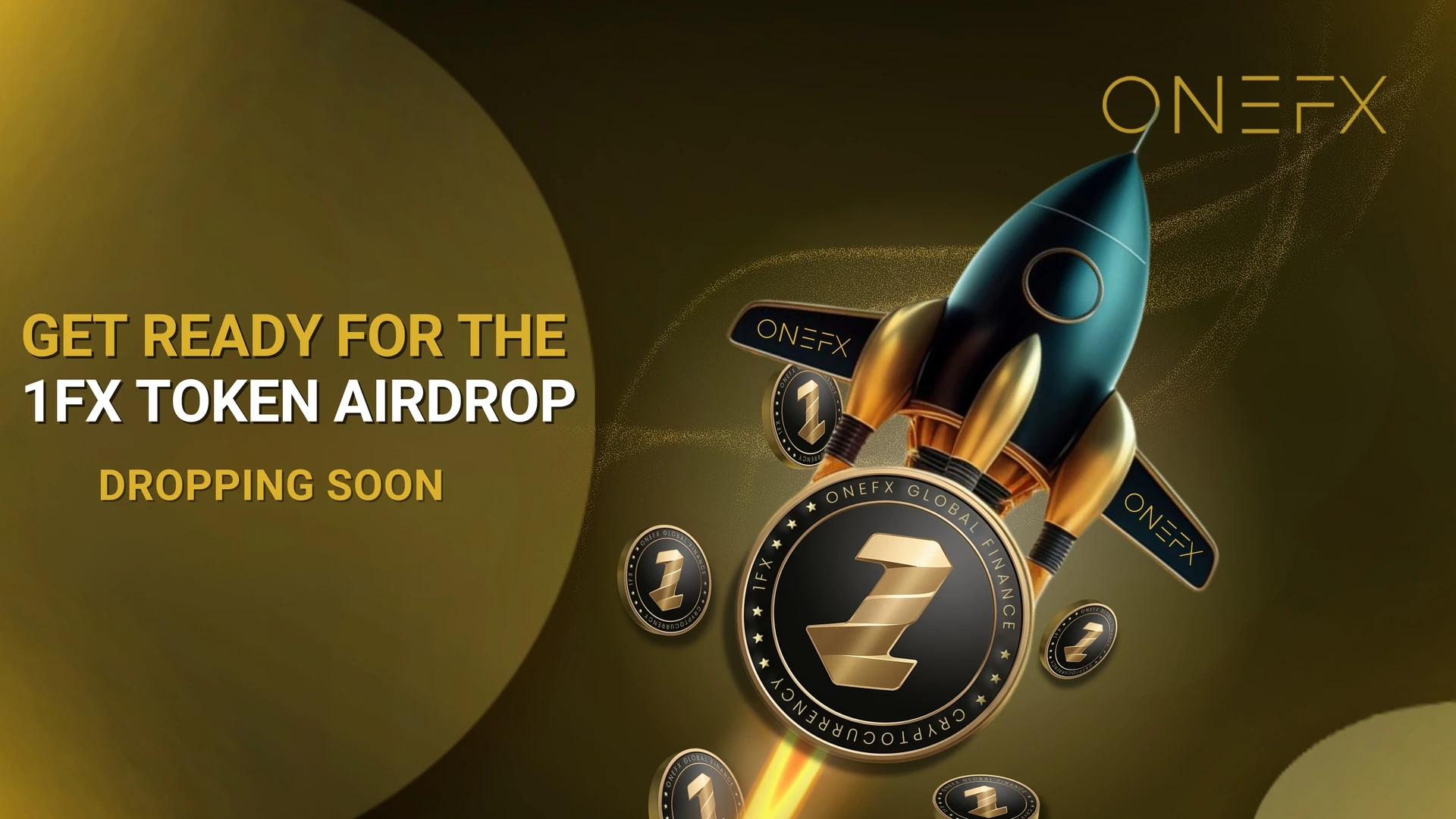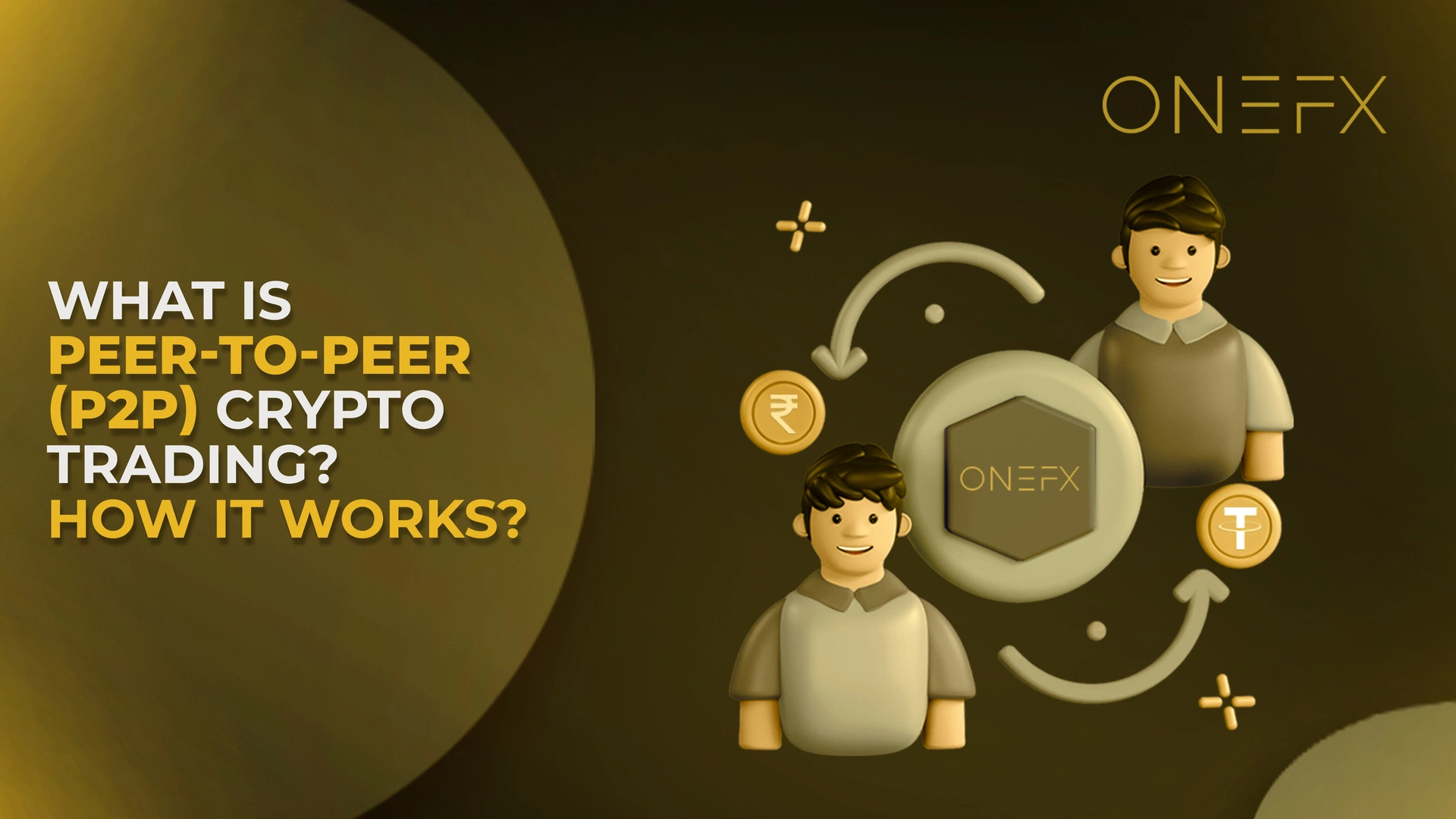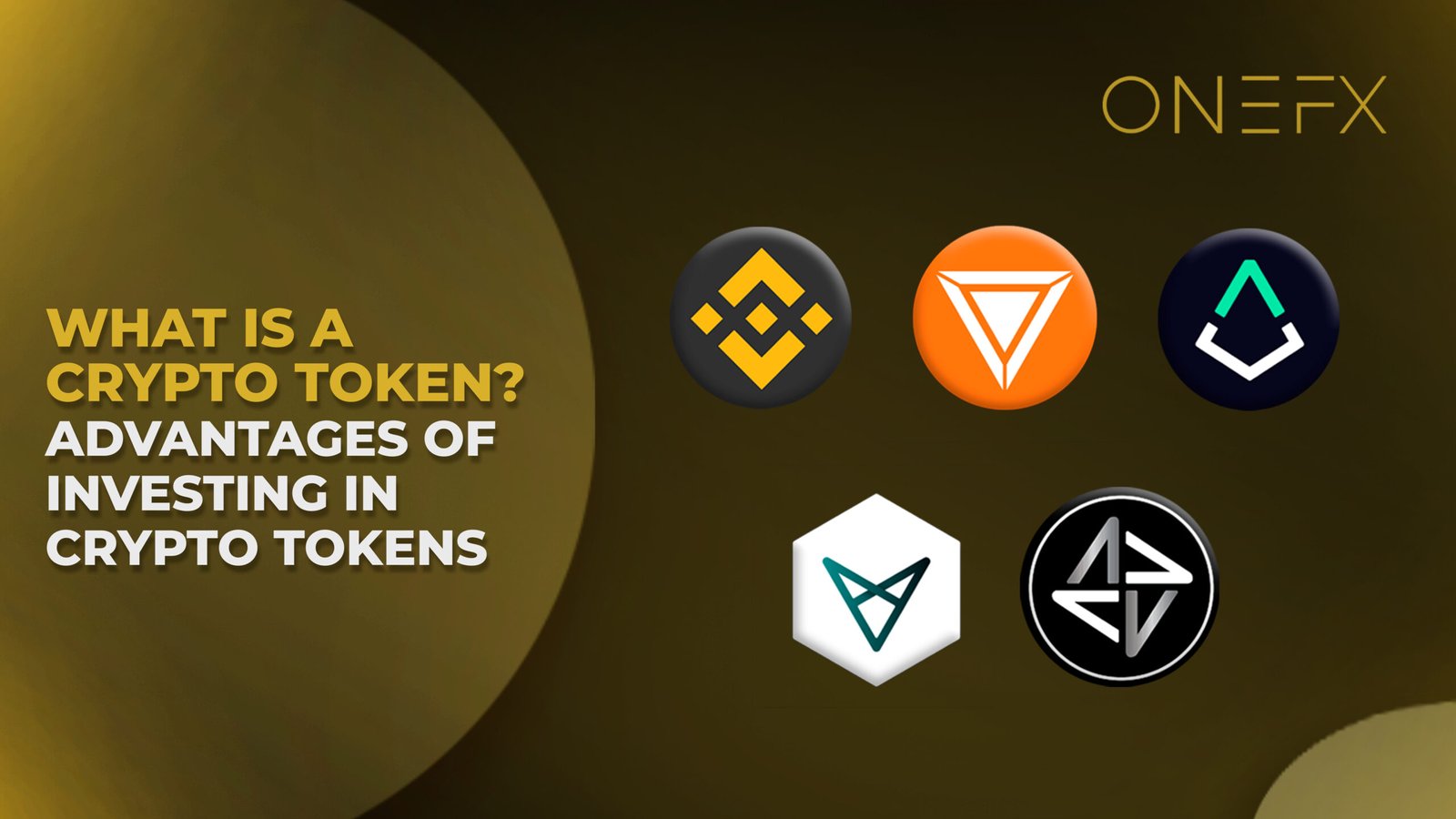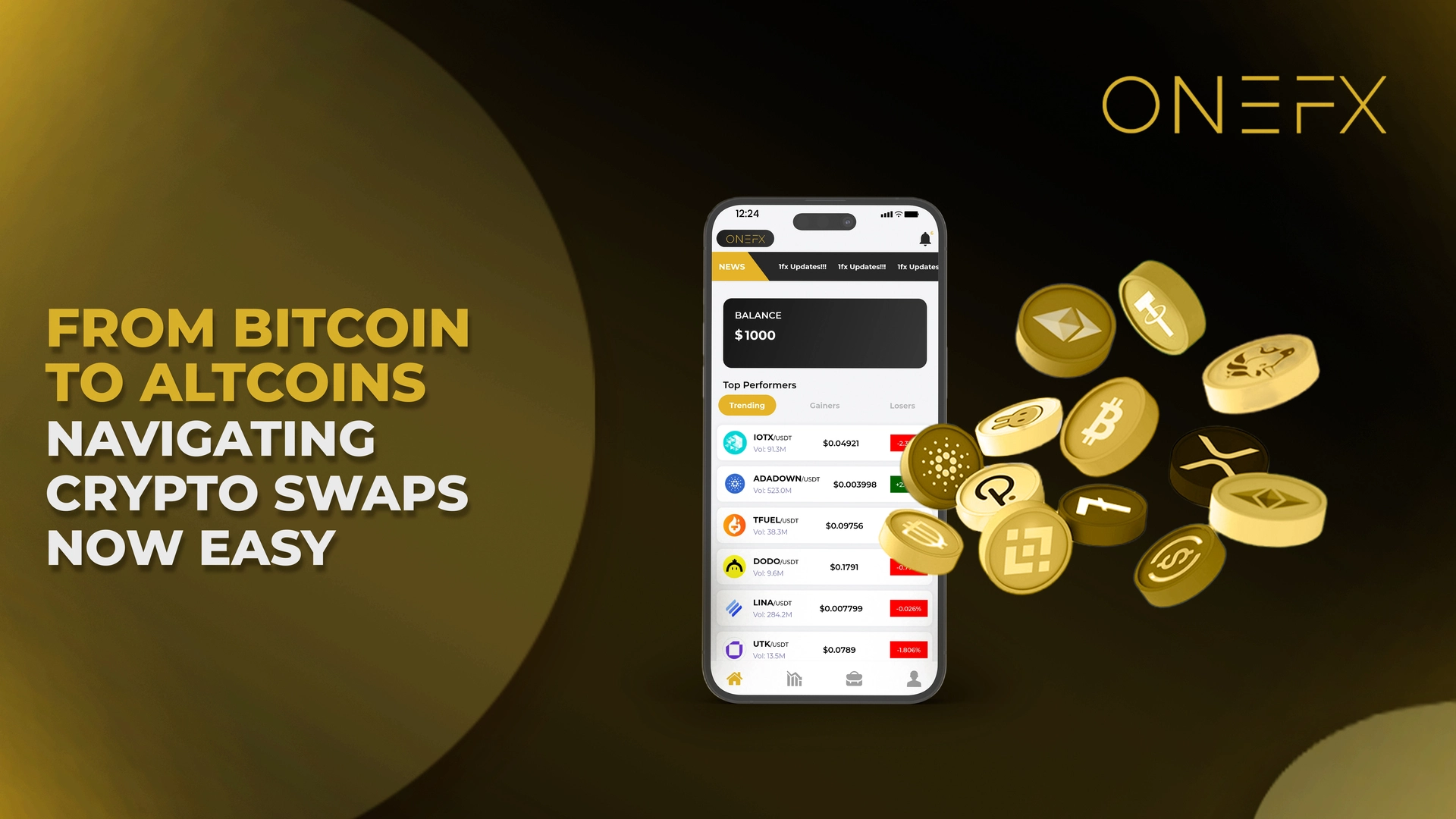
Crypto Spot Trading vs. Margin Trading – What’s the Difference?
In the dynamic world of trading cryptocurrency, two primary methods dominate the landscape: spot trading and margin trading. Each method offers distinct advantages and risks, catering to different trader preferences and risk appetites. Understanding the differences between spot trading and margin trading is crucial for anyone looking to delve into the exciting realm of crypto markets.
What is Spot Trading?
Spot trading is the most traditional form of trading in financial markets, including cryptocurrencies. When traders engage in spot trading crypto, they are essentially buying or selling assets at the current market price, with settlement typically occurring “on the spot” or within a short period. In the context of cryptocurrencies, spot trading crypto involves the direct purchase or sale of digital assets, such as Bitcoin, Ethereum, or other altcoins, using fiat currency or other cryptocurrencies.
Spot trading operates on the principle of straightforward transactions: if you buy Bitcoin at a certain price, you own that Bitcoin, and your profit or loss is determined by the difference between the buying and selling prices when you decide to trade again. This method is favoured by many investors and traders who prefer simplicity and transparency in their transactions.
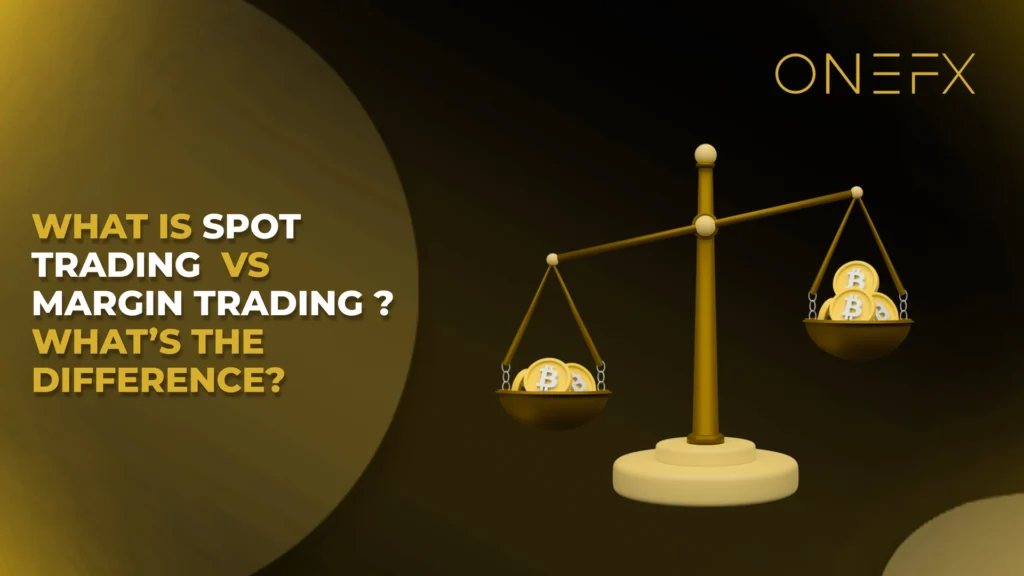
Benefits of Spot Trading:
- Simplicity:
Spot trading crypto is straightforward, as it involves buying or selling assets outright. - Transparency:
Prices are clear and based on current market rates. - Ownership:
Traders directly own the assets they purchase.
What is Margin Trading?
Margin trading, on the other hand, introduces the concept of leverage into the equation. Leverage allows traders to borrow funds from a broker or exchange to trade larger positions than their own capital would normally allow. In the context of cryptocurrencies, margin trading crypto enables traders to amplify their potential returns by trading with borrowed funds.
In margin trading crypto, traders are required to maintain a minimum margin amount in their account to cover potential losses. This margin acts as collateral against the borrowed funds, and it’s crucial for managing risk. While leverage can significantly increase profits if the market moves in the trader’s favor, it also amplifies losses if the market moves against them.
Related Reading:
Benefits of Margin Trading:
- Increased Potential Returns:
Leverage allows traders to control larger positions with a smaller amount of capital. - Short Selling:
Traders can profit from both rising and falling markets by selling short. - Diversification:
Margin trading enables traders to diversify their strategies and potentially increase their overall returns.
Key Differences Between Spot Trading and Margin Trading:
- Risk Level:
Spot trading carries less risk since traders only invest what they own. Margin trading, with its leverage, involves higher risk due to the potential for magnified losses. - Cost Structure:
Margin trading involves borrowing costs, including interest on the borrowed funds, which can impact overall profitability. Spot trading typically incurs lower costs since it doesn’t involve borrowed funds. - Ownership and Control: In spot trading, traders have direct ownership and control over their assets. Margin trading involves leveraging borrowed funds, which adds complexity and risk management considerations.
Why Spot Trading is Ideal
Spot trading eliminates the complexities and risks associated with margin trading. By trading with your own funds at current market prices, you avoid the potential pitfalls of leverage, such as margin calls and liquidation. This approach allows you to take a long-term view of your investments and build a portfolio based on your research and market insights.
Crypto Trading Strategies: Choosing Between Spot and Margin Trading
The choice between spot trading and margin trading depends largely on individual risk tolerance, trading objectives, and market conditions. Here are some considerations for choosing the right approach:
- For Beginners:
Spot trading is generally recommended due to its simplicity and lower risk profile. It allows beginners to understand market dynamics without the complexities of leverage. - For Experienced Traders: Margin trading can be attractive for experienced traders who are comfortable with managing risk and have a solid understanding of market movements. It offers opportunities for higher returns but requires disciplined risk management.
- Market Conditions:
During periods of high volatility, margin trading crypto can amplify both gains and losses. Spot trading may be more suitable during stable market conditions when price movements are less erratic.
When it comes to trading cryptocurrencies, simplicity and transparency often lead traders to opt for spot trading over margin trading. Spot trading allows users to buy or sell digital assets directly at the current market price, without the complexities and risks associated with leverage. This method is particularly favoured by beginners and long-term investors looking to build their portfolios steadily.
Download the ONEFX app today and experience the benefits of spot trading firsthand. Start your crypto journey with ONEFX and trade with confidence.
FAQs
Spot trading involves buying or selling cryptocurrencies at the current market price, settled immediately or within a short period.
Margin trading allows traders to borrow funds to trade larger positions than their own capital, using leverage, while spot trading involves trading with the trader's own funds at the current market price.
Spot trading is generally less risky for beginners due to its straightforward nature and lower exposure to leverage-related risks.
Margin trading offers the potential for higher returns due to leverage, allowing traders to amplify profits from market movements.
Platforms like ONEFX provide a user-friendly interface and support for both spot and margin trading, catering to different trader preferences and strategies in the cryptocurrency market.

